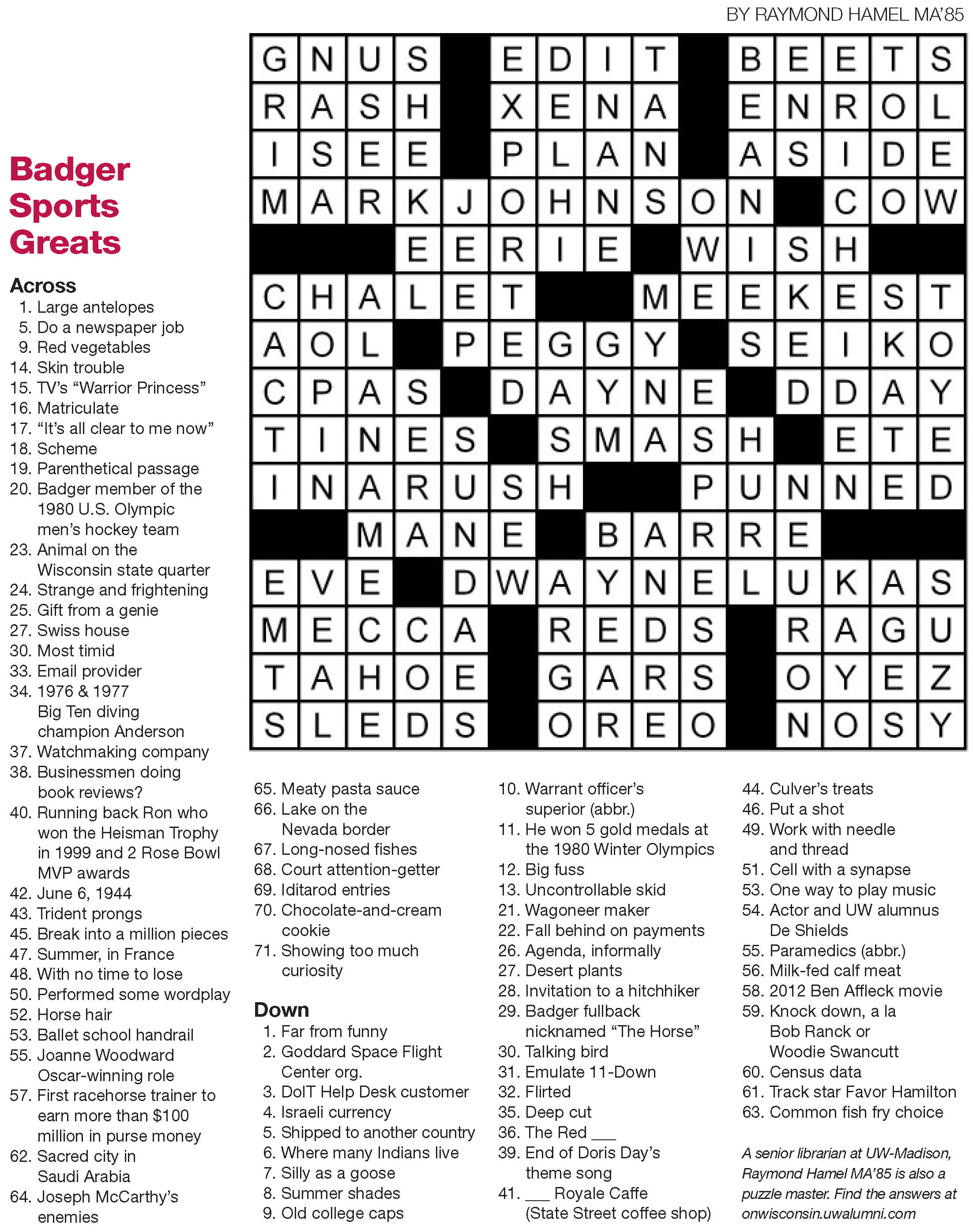
Slip stitch knitting is a type of knit stitch that involves inserting the left needle through the front of the slipped stitches from left to right. After that, wrap the yarn around the right needle and pull through. This is a repeat of slip stitch. The finished item will be called a "slip stitches."
SKP
SKP knitting is a variation on the standard bind off technique. SKP is when a slip stitch is passed over the stitch being knit. The knitting needles should not be too close to the stitches to prevent stretching. It will appear wonky if the stitch is stretched. SKP knitting is sometimes abbreviated as sl1, k1, psso or SKPO.

The SKP reduction is used to make a left-leaning drop. This decrease works two stitches as one, and does not require the use of the same needle. This decrease works best when used with bulky yarn and blunt gauge needles. It is also an excellent choice for knitting with one end of a stitch. This technique requires that you carefully follow instructions and carefully follow the patterns. This method of decreasing will become familiar after a few repetitions.
Next, you will need to decrease a stitch in SKP knitting. You have two options. One is to use the video tutorials and the other is to decrease the stitch. Slip the stitch onto your right needle. The second method involves inserting the left needle tip into the slipped stitch. The left-hand needle then passes through the right-hand stitch. Once the stitch is slipped onto the right needle, the left needle tip slips the stitch back onto the right needle.
SKP tbl
The SKP is a left-slanting decrease stitch. You can use it in the same way that a k2tog stitches, except that the needle is in the back. It is similar in design to the SSK, but it leans towards the left. It can also be interchangeable for the k2tog. This article outlines the differences between the two.
When you are slipping two stitches kwise, the first is known as the SSK. The second stitch, also known as TBL, is the working stitch. It is placed above the SSK. The two stitches can be aligned. The RLM also displays the operational menu. You can select from a variety of prices depending on your departure date to save time and money. You can also purchase a tur-retur, which will allow you to work on both sides of a row at the same time.

For the first row, use a smaller needle and for the second one a larger one. The SKP tbl has the fastest decrease but can also twist the stitches. For knitters who knit tight, this makes it more difficult. If you prefer larger patterns, you may also want to use a wider needle. A skein is the best size to use for a larger needle.
FAQ
Is it possible for a hobby to make you rich?
Not necessarily.
But if your passion is to start a business, you might be able to make a lot of money.
Let's assume you like cooking. You enjoy healthy food so you opened a restaurant.
You serve only organic meals made from scratch and charge customers a small fee to cover the costs of ingredients and labor.
You grow your clientele and eventually you hire employees who can work with you.
Eventually, you expand your menu to include gluten-free options, vegan dishes, and desserts.
You've now created a profitable business that allows you to live the life you desire.
However, you don't have to quit your day job.
Instead, you could simply run your restaurant while still holding down your regular 9-5 position.
What are the best ways to find a hobby?
You may feel overwhelmed when you start your quest to find a hobby.
You may be thinking, "I'm just not artistic" or "I hate sports," or perhaps "I don’t even know what I know."
However, it is likely that you already have a lot to draw on when searching for a hobby.
It's just not something you're aware of.
Take a look around your house. Do you have a lot of stuff?
Are there any toys that you don't use anymore?
Maybe you have a collection of books or magazines.
Perhaps you have always wanted to be a chef.
Or maybe you'd really like to start playing guitar again.
Whatever it may be, you can likely turn it into something.
The key is to realize that you already have plenty of experiences to draw upon.
You'll find a hobby that fits your lifestyle once you do.
How do I get started?
You must decide what hobby you want before you start any new hobby.
Passion is essential once you have selected your subject.
It is important to know the reason you want to begin a hobby. This will help give you direction and provide a purpose.
Once you've decided what type of hobby you'd like to pursue, you can begin planning.
You should think about the equipment you'll need.
Consider whether you are required to attend classes and seminars.
You must ensure you have enough room for your hobby.
Consider joining a club, or group. These groups often offer advice and support.
Think about how much you'd need to spend on your hobby.
What are your educational hobbies?
An educational hobby can be defined as an activity in which you learn something through doing it. You could choose to learn how to play an instrument or play sports.
It should be enjoyable and have fun. It doesn't have to be done all the time. However, if you get bored of it, you should think about other things you can do instead.
You should also make sure that you are not spending too much money on these activities. It could end up costing your more than it's worth.
What are observation hobbies?
Observation hobbies are those activities that allow you to watch others do what they do. These hobbies could include reading books, watching sports, or going on vacation. You could also observe other people.
Observation hobbies are great because they help you learn how to think creatively. This knowledge will be useful later in your work for others and yourself.
If you are passionate about something, you will find it easier to learn about it.
If you are interested in learning more about football, for example, you might watch a match or read a book. If you want to learn more about photography, you could take or visit exhibitions.
If you love to play music, there are two options: either buy a new guitar online or follow along with the songs.
You could also choose to cook at home or go to restaurants if you are a good cook.
If you love gardening, you might grow vegetables or flowers.
If you are a fan of dancing, you can join a class or go out with your friends to learn.
You can paint pictures if your passion is painting.
Writing poetry or stories is a passion if you are a writer.
You could also draw pictures if you enjoy drawing.
You could work as a caretaker or keeper at a zoo if you are passionate about animals.
If science interests you, you can study biology, chemistry or physics.
If you like history, you could read books, watch films or listen to podcasts.
If you like traveling, you could travel abroad or explore your local area.
Statistics
- This 100% accurate personality-analyzing hobby quiz discovers your passion based on your characteristics. (quizexpo.com)
- The intensity of the dialogue partners' bond at the end of the forty-five-minute vulnerability interaction was rated as closer than the closest relationship in the lives of 30 percent of similar students. (time.com)
- In comparison, men in the “no humor” condition were refused 84.6% of the time and were only accepted 15.4% of the time. (time.com)
- Studies show that just six minutes of reading can reduce stress levels by 60 percent. (oberlo.com)
- Much of this decline reflects the fact that teens are less likely to work today than in the past; among employed teens, the amount of time spent working is not much different now than it was around 2005. (pewresearch.org)
External Links
How To
How to Get Started in Baking
Baking is the art of making food out of flour, eggs sugar, butter and other ingredients. The main ingredients used in baking are flour, fats, sugars, leavening agents, salt, and water. We'll be covering how to make bread. Common ingredients such as wheat flour, yeast and milk powder, eggs whites, butter, oil, salt, honey, and olive oil will all be used.
To bake bread, you need to mix these ingredients together. In a large bowl, combine the dry ingredients (flour yeast, salt) and add them to the bowl. Then, add the dry ingredients (flour, yeast, salt) to your mixing bowl. Mix them together. Mix in the honey, then knead until the dough is smooth. Let the dough rise for 30 minutes. After rising the dough should be firm and elastic. You can roll the dough out and place on a baking pan. Bake at 180C for 15 min.